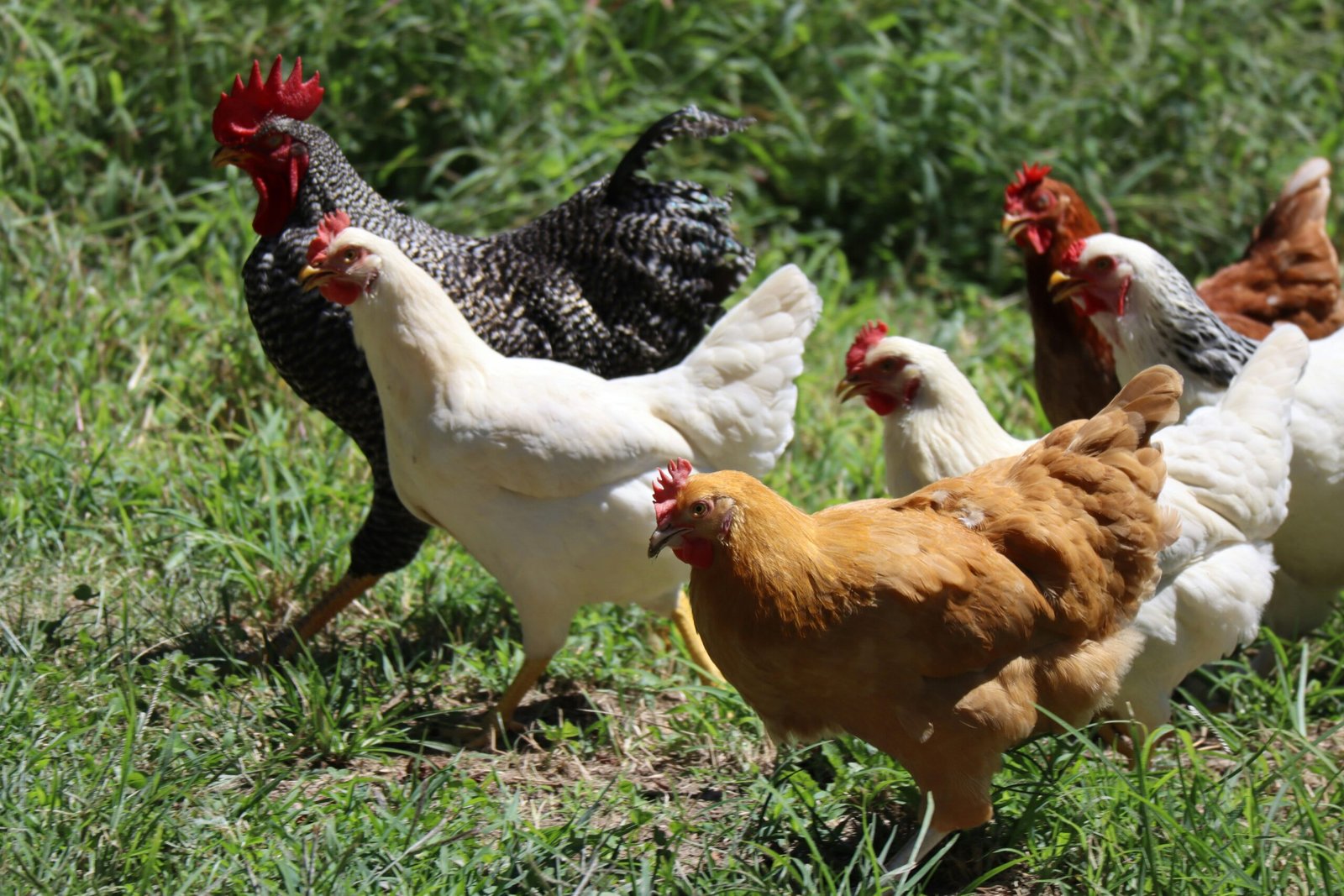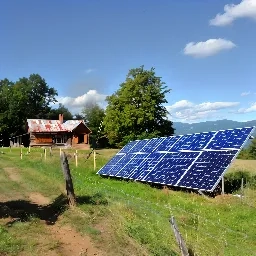The Dos and Don’ts of Using Greywater in Your Homestead
Greywater, the wastewater generated from baths, sinks, and washers, can be a valuable resource for gardening. By reusing this water, you not only reduce your environmental impact but also save money on your water bill. However, there are a few dos and don’ts to keep in mind when using greywater in your homestead.
Do: Filter Your Greywater
Before using greywater in your garden, it’s crucial to filter it to remove any solids and contaminants. You can use simple techniques like using a mesh screen or a homemade filter made from gravel, sand, and charcoal. This will ensure that the water you’re using is clean and safe for your plants.
Don’t: Use Greywater on Edible Crops
While greywater can be beneficial for non-edible plants, it’s not recommended for use on edible crops. Greywater may contain traces of soap, chemicals, or bacteria that can be harmful if ingested. Stick to using greywater on ornamental plants or fruit trees, and avoid using it on vegetables or herbs that you plan to consume.
Do: Take Health Precautions
When using greywater, it’s essential to take proper health precautions. Avoid direct contact with greywater and always wear gloves when handling it. Additionally, make sure to wash your hands thoroughly after working with greywater to prevent any potential health risks.
By following these dos and don’ts, you can make the most of greywater in your homestead. It’s an excellent way to reduce water waste and nourish your garden while being mindful of potential health risks. So go ahead, embrace the eco-friendly practice of using greywater, and watch your plants thrive!




